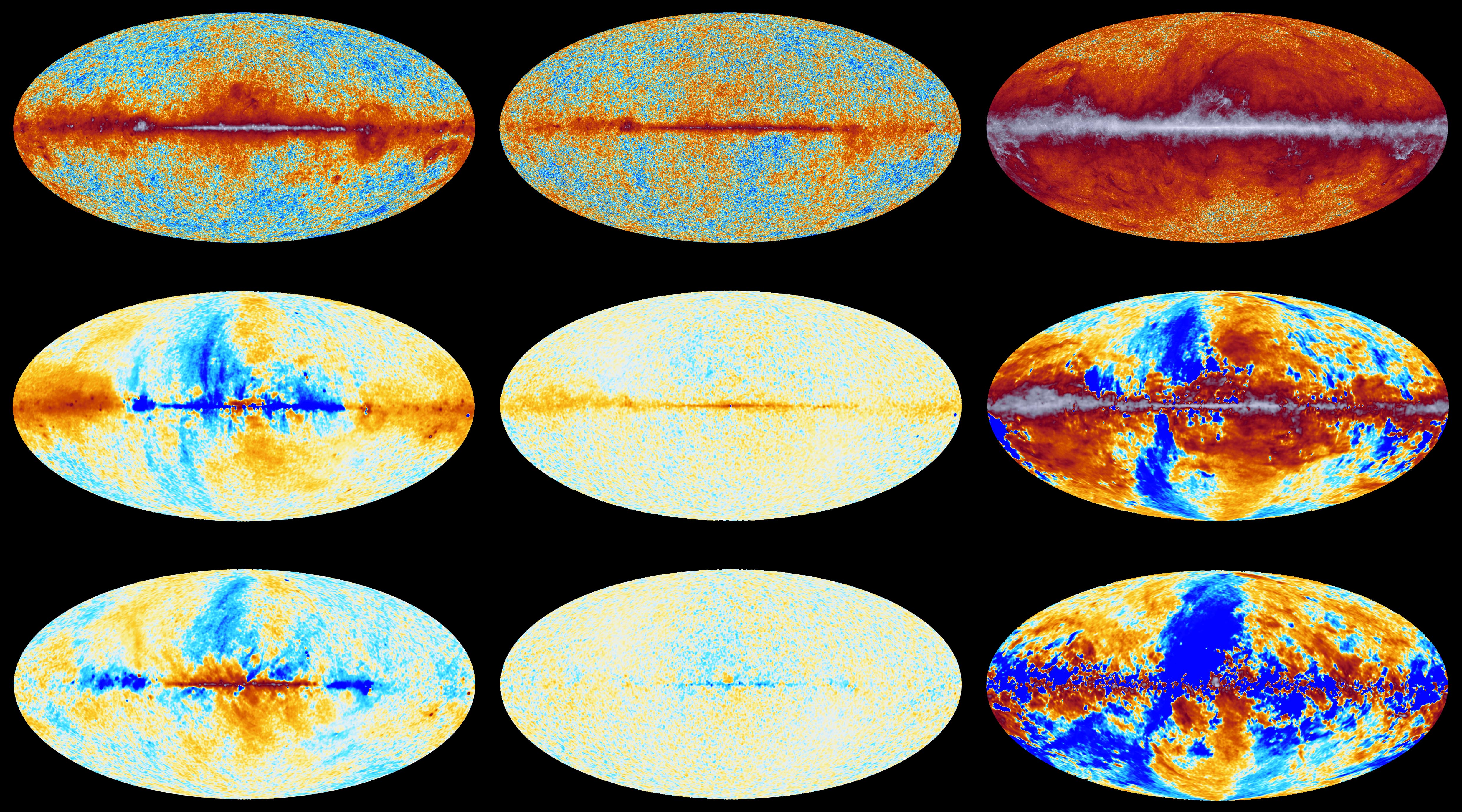
LEARNING OUTCOMES
- After this course the student knows why and how information about astronomical and solar system phenomena is collected.
- She/he can describe the physical principles on which the scientific instruments onboard satellites and probes are based.
- The student is able to differentiate between various types of instruments and observing techniques and what they are used for, and evaluate which kind of systems are suitable for measuring certain astronomical and solar system phenomena.
- She/he identifies what kinds of effects space environment has on instrumentation and observations.
- The student is able to review the state-of-the-art space instrumentation and its immediate possibilities and challenges.
- She/he can explain the life cycle of a space mission from a researcher's point of view (from long-term planning, such as ESA's Cosmic Vision, to implementation and operation of a space mission, all the way to analysis of the scientific data), and give examples of scientific space missions.
Credits: 5
Schedule: 04.09.2023 - 30.11.2023
Teacher in charge (valid for whole curriculum period):
Teacher in charge (applies in this implementation): Anne Lähteenmäki, Esa Kallio
Contact information for the course (applies in this implementation):
Anne Lähteenmäki & Esa Kallio. Assistants: Irene Varglund (second part of the course). Emails firstname.lastname@aalto.fi.
CEFR level (valid for whole curriculum period):
Language of instruction and studies (applies in this implementation):
Teaching language: English. Languages of study attainment: English
CONTENT, ASSESSMENT AND WORKLOAD
Content
valid for whole curriculum period:
- Observational techniques in astronomy and space physics.
- Scientific payloads of satellites and probes.
- Effect of space environment on instrumentation.
- Life cycle of a space mission: researcher's view.
- Examples of science missions.
applies in this implementation
See MyCourses for details.
Assessment Methods and Criteria
valid for whole curriculum period:
Exercises, learning assignments, examinations.
applies in this implementation
See MyCourses for details.
Workload
valid for whole curriculum period:
Contact hours 48 h (2 x 2 h per week). Independent work 87 h.
DETAILS
Study Material
applies in this implementation
See MyCourses for details.
Substitutes for Courses
valid for whole curriculum period:
Prerequisites
valid for whole curriculum period:
FURTHER INFORMATION
Further Information
valid for whole curriculum period:
Teaching Language : English
Teaching Period : 2022-2023 Autumn I - II
2023-2024 Autumn I - IIEnrollment :
Registration for Courses on Sisu (sisu.aalto.fi).
Details on the schedule
applies in this implementation
See MyCourses for details.
